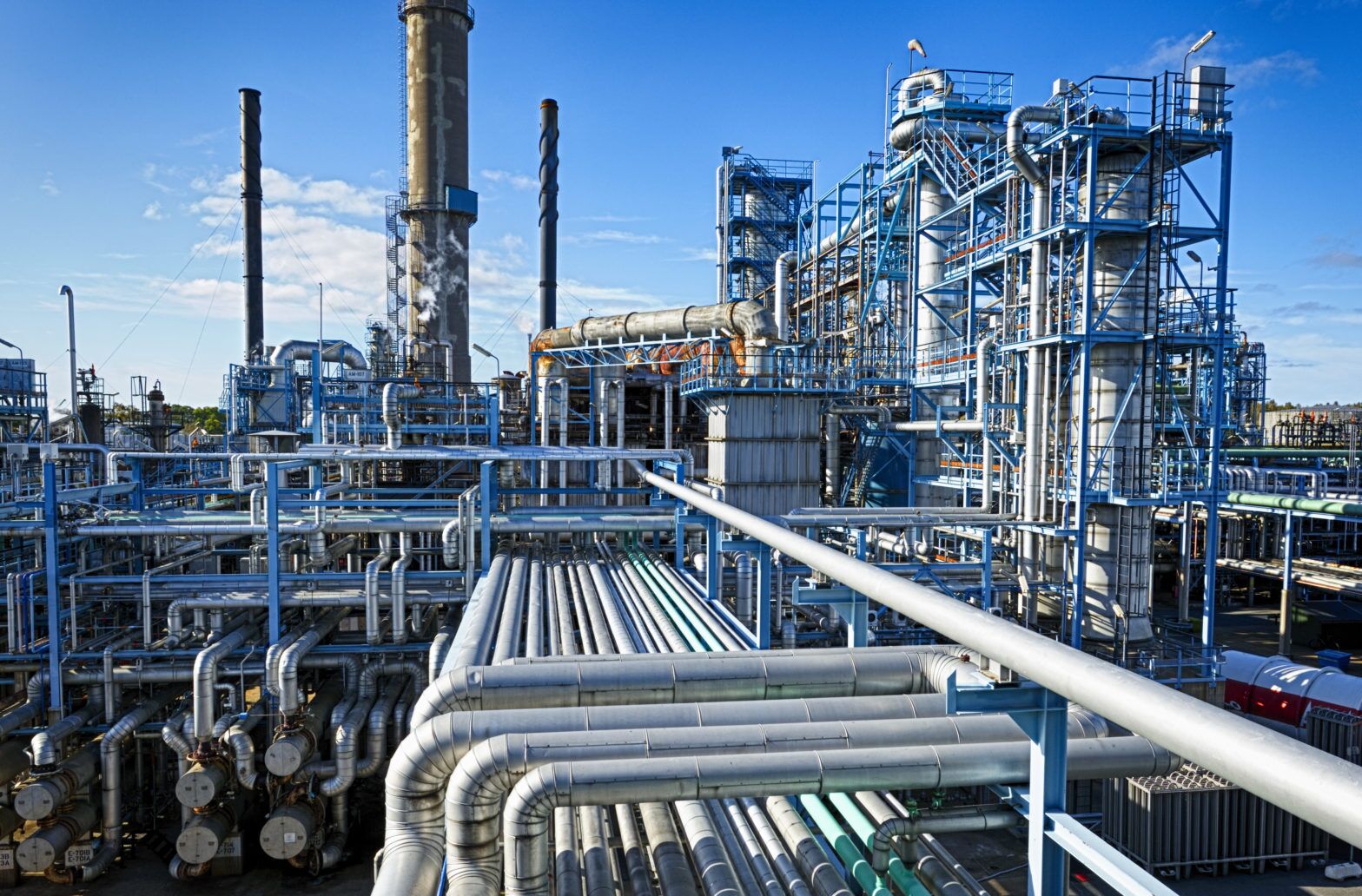
Introducing the lesser-known chemical injection quill
It sounds like something only a porcupine might know about, but a chemical injection quill is something rarely seen outside of the chemical industry (and just as rarely discussed). It has been described as the interface equipment between the chemical feed line and the process pipeline, used to safely and efficiently dose chemicals into pressurized pipes, tanks, or vessels.
It is commonly used for injecting chemical additives, chemical treatment, and the removal or separation process most often required by oil and gas producers as part of their chemical injection systems. The power, offshore and desalination industries also make use of injection quills.
Why use chemical injection quills
The use of chemicals (corrosives, flammables, acids etc.) can be risky or even hazardous. A metering system helps mitigate these risks, while delivering the required chemicals where they are needed. As an essential part of any metering system, a chemical injection quill allows you to introduce a chemical into the system without special handling and mixing equipment exactly where it is needed, limiting risk to your operators and equipment.
When to use a chemical injection quill
- When connecting a liquid chemical feed to the pipeline or vessel, particularly if it is corrosive – and you wish to avoid damage to the side port or pipe wall
- To ensure chemicals are evenly dispersed in the centre of the pipeline, thus ensuring they are evenly mixed and preventing corrosion on the inside of the process pipe
- To connect the chemical feedline to the process main while dosing the chemical into higher velocity interior section of the flow (improving mixing through flow dynamics) – which also prevents the sidewall and fittings from becoming corroded
What are chemical injection quills made of?
Both the body and the stinger are usually constructed of chemical resistant plastic, stainless steel, or alloys, although a multitude of materials can be found that are best suited to the process application.
Types of quills:
You get two types of quills: Retractable and non-retractable. Both serve the same purpose, although retractable quills retract easily, allowing maintenance teams to clear and clean them.
Generally speaking, treatment chemicals (especially sodium hypochlorite, ammonia, and polymer) form deposits that will eventually clog the quill. This means that the maintenance team must regularly clear these deposits in order for the quill to continue doing its job effectively (much like unclogging a toilet, except on a smaller scale!).
But, for maintenance to occur, some processes have to be shutdown or depressurized. In some facilities or processes, this simply can’t occur. Consequently, retractable quills were developed to allow operators to quickly and easily access the quill to perform maintenance without having to shutdown or depressurize the process.
We recommend SAF-T-FLOs range of chemical injection quills for their wide array of sizes, materials, and features. Each quill can be uniquely configured for the required application. For applications that experience high turbulence, velocity, or pressure, we stock heavy-duty injection quills. For highly corrosive process fluids, we have corrosion resistant quills with expanded material options for the main connection assembly.
If you’re looking for a chemical injection quill and unsure about what type of quill you’re looking for, look no further. Call us on chemical pumps supplier in Canada and we’re here to help you choose, install, maintain, and monitor a variety of equipment. And to answer questions about things you’ve previously tried gone wrong.
